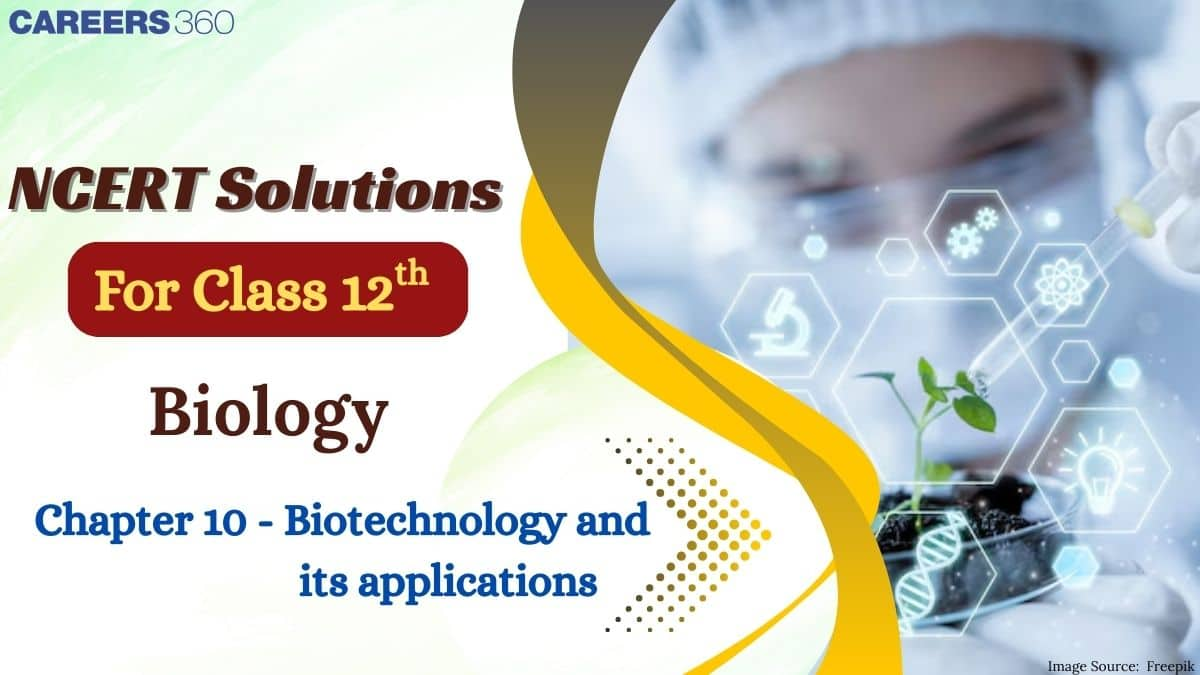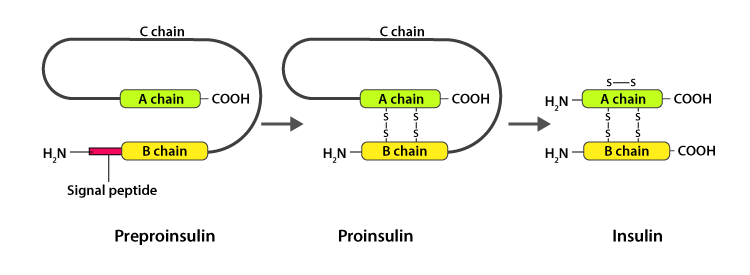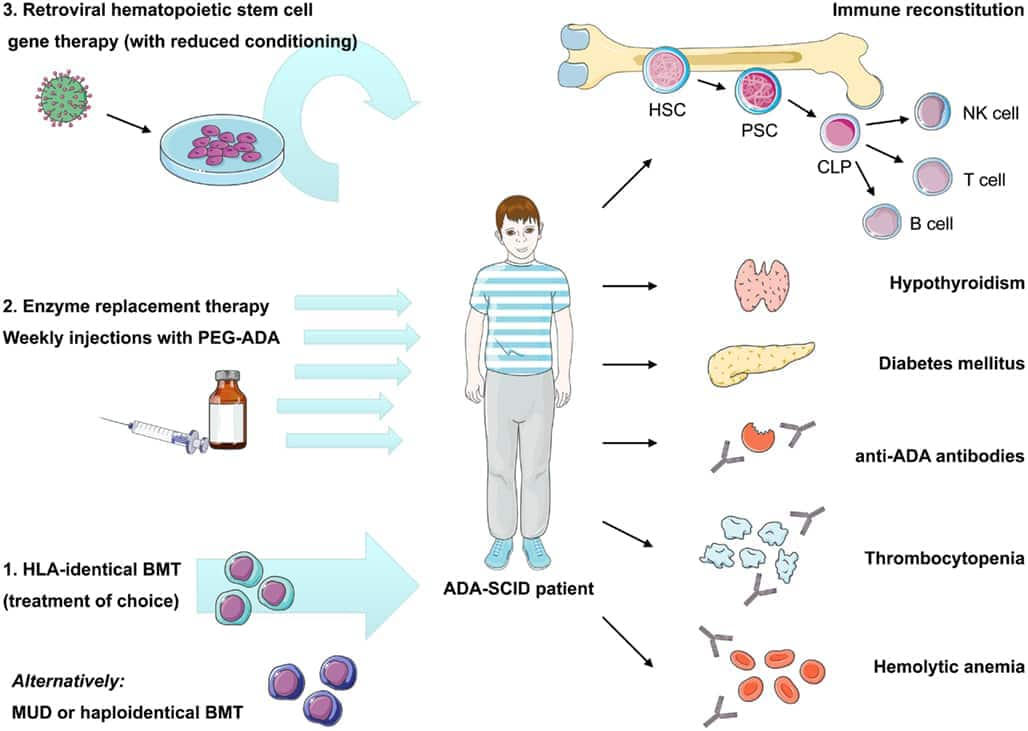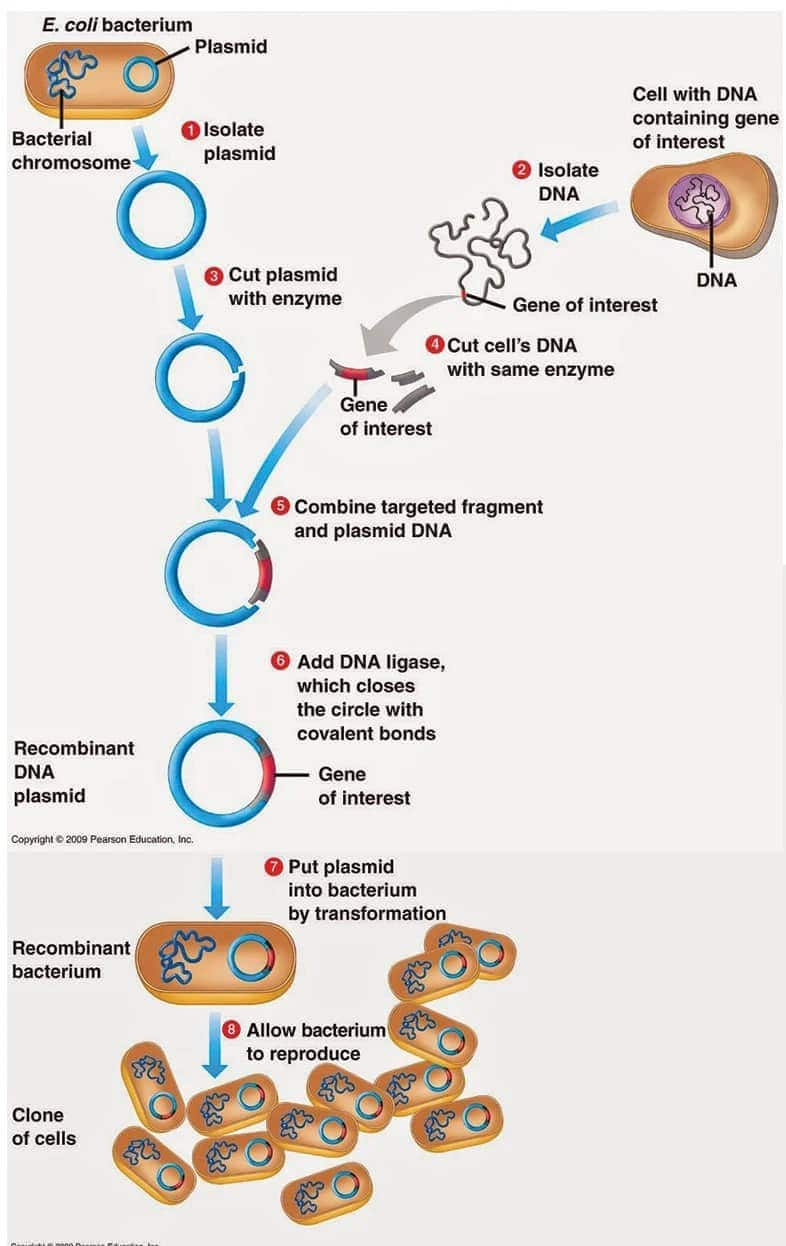NCERT Solutions for Class 12 Biology Chapter 10 Biotechnology and its Applications
Upcoming Event
CBSE Class 12th Exam Date:01 Jan' 26 - 14 Feb' 26
The NCERT Solutions for Class 12 Biology Chapter 10 Biotechnology and Its Applications explain the applications of biotechnology. Biotechnology is used in various fields, such as agriculture, medicine, and industry. Topics such as genetically modified organisms (GMOs), gene therapy, biopesticides, and biofertilizers are added. The NCERT solutions explain the chapter easily with a proper explanation, which is beneficial for the students to perform well in the school exams and competitive exams like NEET.
This Story also Contains
- Download Biotechnology and Its Applications Class 12 Questions and Answers PDF
- Get Class 12 Biology Chapter 10 Biotechnology and Its Applications Question Answer (Exercise Questions)
- Approach to Solve Biotechnology and Its Applications Class 12 Question Answer
- Important Questions of NCERT Class 12 Biology Chapter 10 Biotechnology and Its Applications
- What Students Learn from Biotechnology and Its Applications NCERT Solutions
- Why Class 12 Biology Chapter 10 Biotechnology and Its Applications NCERT Solutions are Important?
- What Extra Should Students Study Beyond the NCERT for NEET?
- NCERT Solutions for Class 12 Biology Chapter-wise

The Biotechnology and Its Applications Class 12 question answer explores how biotechnology is used in day-to-day life and discusses how biotechnology can be used to improve crop yield and produce vaccines. Going through the NCERT Solutions Class 12 Biology helps students understand all the concepts easily without any confusion. All the answers given in the Biotechnology and Its Applications Class 12 Questions and Answers PDF are provided in a simple manner that is useful for further studies as well as for real-life applications.
Download Biotechnology and Its Applications Class 12 Questions and Answers PDF
Students can download the questions with detailed answers in a PDF format for better learning. The Biotechnology and Its Applications Class 12 Questions and Answers PDF is a valuable resource for students to score well in their exams.
Also Read
Get Class 12 Biology Chapter 10 Biotechnology and Its Applications Question Answer (Exercise Questions)
The detailed answers to all the questions given in the textbook are provided below. Through regular practice of the Class 12 Biology Chapter 10 Biotechnology and Its Applications question answers, which are prepared according to the NCERT curriculum, students can understand the concepts related to biotechnology.
Ques 1: Which part of the plant is best suited for making virus-free plants, and why?
Ans: Meristematic tissue (e.g., shoot apical meristem) is most appropriate for the production of virus-free plants since it is generally free from viral infections. This is because viruses find it difficult to reach actively dividing cells in the meristem.
Ques 2: What is the major advantage of producing plants by micropropagation?
Ans: Micropropagation enables one to produce large numbers of genetically uniform plants rapidly. It can be applied for the propagation of disease-free plants and the conservation of rare or endangered species.
Ques 3: Find out what the various components of the medium used for propagation of an explant in vitro are.
Ans: The medium used for in vitro propagation includes nutrients like sucrose (source of energy), minerals (such as nitrogen, phosphorus, and potassium), vitamins, plant growth regulators (auxins and cytokinins), and agar (gelling agent).
Ques 4: Crystals of Bt toxin produced by some bacteria do not kill the bacteria themselves because-
(a) Bacteria are resistant to the toxin
(b) The toxin is immature
(c) Toxin is inactive
(d) Bacteria enclose toxins in a special sac.
Ans: Bt toxin crystals formed in bacteria do not kill the bacteria because the toxin is inactive. The Bt toxin is in an inactive state inside the bacteria and is only activated when it is ingested by insects, where it is activated by the alkaline pH of the insect gut.
Hence, the correct answer is (c) Toxin is inactive
Ques 5: What are transgenic bacteria? Illustrate using any one example.
Ans: Transgenic bacteria are those whose genomes have been altered by recombinant DNA technology to include foreign genes. A good example is transgenic E. coli, which has been genetically modified to produce human insulin by the introduction of DNA sequences encoding the A and B chains of insulin, thus allowing it to synthesize insulin for the treatment of diabetes.

Ans: The following table shows the advantages and disadvantages of GM crops:
Advantages | Disadvantages |
Increased productivity and yield | Potential risk to wild species due to transgenes |
Enhanced nutritional quality (e.g., golden rice) | Possible allergenicity and transfer of antibiotic resistance markers |
Insect pest resistance reduces chemical pesticide use | Environmental concerns regarding genetic contamination |
Tolerance to abiotic stresses (drought, salinity) | Impact on biodiversity and ecosystem balance |
Reduced post-harvest losses | Ethical and Socio-economic problems |
Ans: Cry proteins are insecticidal proteins carried by the cry genes, which are produced by the bacterium Bacillus thuringiensis (Bt). They are toxic to many insect larvae, especially those belonging to the order Lepidoptera. Humans have utilised Cry proteins by transferring the cry genes into genetically modified crops like Bt cotton and Bt brinjal, rendering them resistant to certain insect pests.
Ques 8: What is gene therapy? Illustrate using the example of adenosine deaminase (ADA) deficiency.
Ans: Gene therapy includes methods to fix or substitute faulty genes that cause disease occurrence. ADA deficiency, for example, is a result of a mutation in the gene for the adenosine deaminase enzyme. In one important case, a 4-year-old patient received gene therapy in which his lymphocytes were grown, a viable ADA cDNA was introduced with a retroviral vector, and afterwards, these converted cells were administered back into the patient's circulation. The diagram given below illustrates gene therapy for Adenosine deaminase deficiency.

Ans: Below is the diagram to represent the steps in DNA cloning.
A diagrammatic representation of the steps in DNA cloning

Ans: By recombinant DNA technology or RNA interference (RNAi), genes controlling oil/fatty acid synthesis in seeds can be silenced, reducing oil content
Ques 11: Find out from the internet what golden rice is.
Ans: Golden Rice is genetically modified rice that produces β-carotene (provitamin A) in its endosperm. It was developed by inserting the psy and crtI genes, helping prevent vitamin A deficiency.
Ques 12: Do our blood cells have proteases and nucleases?
Ans: Blood contains proteases (like thrombin, plasmin) for clotting and nucleases (like DNase) for defense. Their activity is controlled by inhibitors to prevent damage to the body.
Ans: To prepare orally active protein drugs, proteins or peptides are encapsulated in liposomes along with penetration enhancers for oral administration. The principal difficulty encountered is that the proteins can be hydrolysed by the proteases of the stomach before exerting their therapeutic action, which requires alternative routes of administration directly to target locations.
Also, check the NCERT Books and the NCERT Syllabus here:
NEET Highest Scoring Chapters & Topics
Most Scoring concepts For NEET (Based On Previous Year Analysis)
Download EBookApproach to Solve Biotechnology and Its Applications Class 12 Question Answer
To solve the textbook questions effectively, one needs to understand the concepts first. The chapter has important terms, such as GM crops, genetically engineered insulin, and transgenic animals. To understand these definitions clearly, students can refer to the Class 12 Biology Chapter 10 Biotechnology and Its Applications question answer. Making notes of the chapter is important to prepare effectively for the exam. Biotechnology and Its Applications Class 12 question answer includes all the solved exercise questions, with to-the-point answers. Therefore, one should practice the NCERT Solutions for class 12 to have an overall idea of the chapter.
NCERT Exemplar Class 12 Solutions
Important Questions of NCERT Class 12 Biology Chapter 10 Biotechnology and Its Applications
Given below are some of the important questions from this chapter, which help students understand how questions are framed in the exam. For more such questions, students can refer to the NCERT Solutions for Class 12 Biology Chapter 10 Biotechnology and Its Applications.
Question 1: Which of the following steps are catalyzed by Taq DNA polymerase in a PCR reaction?
Denaturation of template DNA
Annealing of primers to template DNA
Extension of the primer end on the template DNA
All of the above
Answer:
The extension of the primer end on the template DNA occurs during DNA replication or PCR amplification. Once the primer binds to the template strand, DNA polymerase extends the primer by adding complementary nucleotides to the growing strand. This process occurs in the 5' to 3' direction, with the polymerase synthesizing the new strand based on the template sequence. The extension continues until the entire segment of DNA has been replicated or amplified.
Hence, the correct answer is option (3) Extension of the primer end on the template DNA
Question 2: Golden rice is:
A variety of rice is grown along the Yellow River in China
Long-stored rice has a yellow color tint
A transgenic rice having the gene for β-carotene
The wild variety of rice with yellow coloured grains
Answer:
The correct option is (3) transgenic rice carrying the gene for beta-carotene. This rice is popularly known as Golden Rice because of its golden-yellow color, which is due to the beta-carotene it produces. Golden Rice was designed to combat vitamin A deficiency, a serious health problem in many parts of the world where rice is the staple food. This gene has been placed in Golden Rice, which is intended to enhance nutrition and decrease health issues resulting from vitamin A deficiency.
Hence, the correct answer is option (3) A transgenic rice having the gene for β-carotene
Question 3: The first clinical gene therapy was done for the treatment of:
AIDS
Cancer
Cystic fibrosis
SCID (Severe Combined Immune Deficiency resulting from a deficiency of ADA)
Answer:
In 1990, a 4-year-old girl with adenosine deaminase (ADA) deficiency—a rare genetic condition that affects the immune system—received the first clinical gene therapy. A severe combined immunodeficiency (SCID) caused by an ADA deficiency leaves the body extremely susceptible to infections.
Hence, the correct answer is option (4) SCID (Severe Combined Immune Deficiency resulting from a deficiency of ADA)
Question 4: Silencing of a gene could be achieved through the use of:
RNAi only
Antisense RNA only
Both RNAi and antisense RNA
None of the above
Answer:
Antisense RNA and RNA interference (RNAi) are two methods for silencing a gene.
- In RNA interference (RNAi), tiny RNA molecules attach to the mRNA of a gene, breaking it down and stopping it from producing a protein.
- A strand of RNA known as antisense RNA binds to the gene's mRNA and prevents it from being used to produce a protein.
Hence, the correct answer is option (3), Both RNAi and antisense RNA
Question 5: BT cotton is not:
A GM plant
Insect-resistant
A bacterial gene expression system
Resistant to all pesticides
Answer:
Resistant to all pesticides because of the gene incorporated from Bacillus thuringiensis. This gene produces a toxin (Bt toxin) that is harmful to certain pests that damage cotton plants. The toxin is present in the cotton plant itself, particularly in the leaves and bolls, making it resistant to bollworm infestation.
Hence, the correct answer is option (4) Resistant to all pesticides
NCERT Solutions for Class 12- Subject-wise
CBSE Class 12th Syllabus: Subjects & Chapters
Select your preferred subject to view the chapters
What Students Learn from Biotechnology and Its Applications NCERT Solutions
This chapter explains how biotechnology is applied in agriculture, medicine, industry, and research to benefit humans.
Students learn about Bt cotton and how genetically modified crops help in controlling insect pests.
Through the Class 12 Biology Biotechnology and Its Applications question answer, they understand the concept of RNA interference and its role in developing pest-resistant plants.
The chapter explains medical applications like genetically engineered insulin and gene therapy for treating genetic disorders.
Molecular diagnosis techniques such as PCR and ELISA are also discussed for early disease detection.
By studying the Class 12 Biology Biotechnology and Its Applications question answer, learners explore topics like transgenic animals, DNA fingerprinting, and ethical issues.
Why Class 12 Biology Chapter 10 Biotechnology and Its Applications NCERT Solutions are Important?
The Biotechnology and Its Applications chapter explains the use of biotechnology in areas such as human health, agriculture, and environmental production. Given below are a few points mentioning the importance of solutions for the students.
- Class 12 Biology Chapter 10 Biotechnology and Its Applications NCERT Solutions cover the applications of biotechnology in medicine, such as the production of insulin and vaccines.
- The solutions also include Genetically Modified Organisms (GMOs) in crops and their advantages of increased yield and resistance to pests and diseases.
- The solutions provide explanations of topics such as bioremediation and biofuels with suitable examples.
- Students will also gain clarity on the ethical issues and biosafety concerns related to genetic engineering.
What Extra Should Students Study Beyond the NCERT for NEET?
Provided below is a table that includes all the topics that students have to study beyond the NCERT for the NEET exam. To gain clarity on the topics, students can refer to the NCERT Solutions for Class 12 Biology Chapter 10 Biotechnology and Its Applications.
Concepts | NCERT | NEET |
✅ | ✅ | |
✅ | ✅ | |
✅ | ✅ | |
✅ | ✅ | |
Biotechnological Application in Medicines - Genetically Engineered Insulin | ✅ | ✅ |
✅ | ✅ | |
✅ | ✅ | |
✅ | ✅ | |
✅ | ✅ | |
✅ | ✅ |
NCERT Solutions for Class 12 Biology Chapter-wise
Below are the chapter-wise solutions for quick and easy access:
Frequently Asked Questions (FAQs)
Q: What are the key topics covered in NCERT Class 12 Biology Chapter 10?
A:
The NCERT Solutions for Class 12 Biology Chapter 10 Biotechnology and Its Applications covers topics like biotechnological applications in agriculture and medicine, genetically modified organisms (GMOs), gene therapy, RNA interference (RNAi), transgenic animals, bioethics, biopatents, and the Human Genome Project.
Q: How does biotechnology help in agriculture and healthcare?
A:
In agriculture, biotechnology helps develop pest-resistant crops (Bt cotton), biofertilizers, and high-yield varieties. In healthcare, it enables gene therapy, vaccine production, and recombinant medicines like insulin.
Q: What is gene therapy, and how is it explained in NCERT Biology?
A:
Gene therapy is a technique used to treat genetic disorders by introducing functional genes into a patient’s cells. NCERT Solutions for Class 12 Biology Chapter 10 Biotechnology and Its Applications explains it using ADA deficiency, where a healthy ADA gene is inserted into immune cells to restore function.
Q: What are the advantages and disadvantages of genetically modified organisms (GMOs)?
A:
Advantages: Higher yield, pest resistance, reduced pesticide use.
Disadvantages: Ethical concerns, environmental risks, and possible allergic reactions in humans.
Q: How does RNA interference (RNAi) work in pest resistance?
A:
RNAi is a method where double-stranded RNA silences specific genes in pests, preventing their survival. It is used in crops like tobacco and rice to develop resistance against viruses and harmful insects.
Q: What is Bt cotton, and why is it important in biotechnology?
A:
Bt cotton is a genetically modified crop containing Cry genes from Bacillus thuringiensis, which produce insecticidal proteins. It protects crops from bollworm infestations, reducing pesticide use and increasing yield.
Q: What role does biotechnology play in environmental protection?
A:
Biotechnology helps in bioremediation (using microbes to clean pollutants), waste management, and developing biodegradable plastics. It also aids in controlling oil spills and reducing industrial waste.
Articles
Related Stories
|
Upcoming School Exams
Certifications By Top Providers
Explore Top Universities Across Globe
Questions related to CBSE Class 12th
On Question asked by student community
Have a question related to CBSE Class 12th ?
Hello,
You can get the Class 11 English Syllabus 2025-26 from the Careers360 website. This resource also provides details about exam dates, previous year papers, exam paper analysis, exam patterns, preparation tips and many more. you search in this site or you can ask question we will provide you the direct link to your query.
LINK: https://school.careers360.com/boards/cbse/cbse-class-11-english-syllabus
Hello,
No, it’s not true that GSEB (Gujarat Board) students get first preference in college admissions.
Your daughter can continue with CBSE, as all recognized boards CBSE, ICSE, and State Boards (like GSEB) which are equally accepted for college admissions across India.
However, state quota seats in Gujarat colleges (like medical or engineering) may give slight preference to GSEB students for state-level counselling, not for all courses.
So, keep her in CBSE unless she plans to apply only under Gujarat state quota. For national-level exams like JEE or NEET, CBSE is equally valid and widely preferred.
Hope it helps.
Hello,
The Central Board of Secondary Education (CBSE) releases the previous year's question papers for Class 12.
You can download these CBSE Class 12 previous year question papers from this link : CBSE Class 12 previous year question papers (http://CBSE%20Class%2012%20previous%20year%20question%20papers)
Hope it helps !
Hi dear candidate,
On our official website, you can download the class 12th practice question paper for all the commerce subjects (accountancy, economics, business studies and English) in PDF format with solutions as well.
Kindly refer to the link attached below to download:
CBSE Class 12 Accountancy Question Paper 2025
CBSE Class 12 Economics Sample Paper 2025-26 Out! Download 12th Economics SQP and MS PDF
CBSE Class 12 Business Studies Question Paper 2025
CBSE Class 12 English Sample Papers 2025-26 Out – Download PDF, Marking Scheme
BEST REGARDS
Hello,
Since you have passed 10th and 12th from Delhi and your residency is Delhi, but your domicile is UP, here’s how NEET counselling works:
1. Counselling Eligibility: For UP NEET counselling, your UP domicile makes you eligible, regardless of where your schooling was. You can participate in UP state counselling according to your NEET rank.
2. Delhi Counselling: For Delhi state quota, usually 10th/12th + residency matters. Since your school and residency are in Delhi, you might also be eligible for Delhi state quota, but it depends on specific state rules.
So, having a Delhi Aadhaar will not automatically reject you in UP counselling as long as you have a UP domicile certificate.
Hope you understand.
Colleges After 12th
Applications for Admissions are open.
As per latest syllabus. Physics formulas, equations, & laws of class 11 & 12th chapters
JEE Main Important Chemistry formulas
Get nowAs per latest syllabus. Chemistry formulas, equations, & laws of class 11 & 12th chapters
JEE Main high scoring chapters and topics
Get nowAs per latest 2024 syllabus. Study 40% syllabus and score upto 100% marks in JEE
JEE Main Important Mathematics Formulas
Get nowAs per latest syllabus. Maths formulas, equations, & theorems of class 11 & 12th chapters
CBSE Class 12th Notifications
Never miss an CBSE Class 12th update
Get timely CBSE Class 12th updates directly to your inbox. Stay informed!
